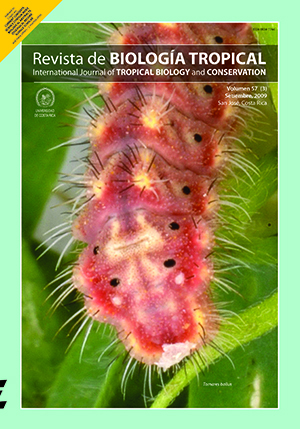Abstract
The main goal of the study was to obtain field data to build a baseline of fish assemblage composition that can be used comparatively for future analyses of the impact of human actions in the region. A basic network of 68 sampling stations was defined for the entire region (4 050 km2). Fish assemblage species and size composition was estimated using visual census methods at three different spatial scales: a) entire region, b) inside the main reef area and c) along a human impact coastal gradient. Multivariate numerical analyses revealed habitat type as the main factor inducing spatial variability of fish community composition, while the level of human impact appears to play the main role in fish assemblage composition changes along the coast. A trend of decreasing fish size toward the east supports the theory of more severe human impact due to overfishing and higher urban pollution in that direction. This is the first detailed study along the northwest coast of Cuba that focuses on fish community structure and the natural and human-induced variations at different spatial scales for the entire NW shelf. This research also provides input for a more comprehensive understanding of coastal marine fish communities status in the Gulf of Mexico basin.##plugins.facebook.comentarios##

This work is licensed under a Creative Commons Attribution 4.0 International License.
Copyright (c) 2009 Revista de Biología Tropical
Downloads
Download data is not yet available.






